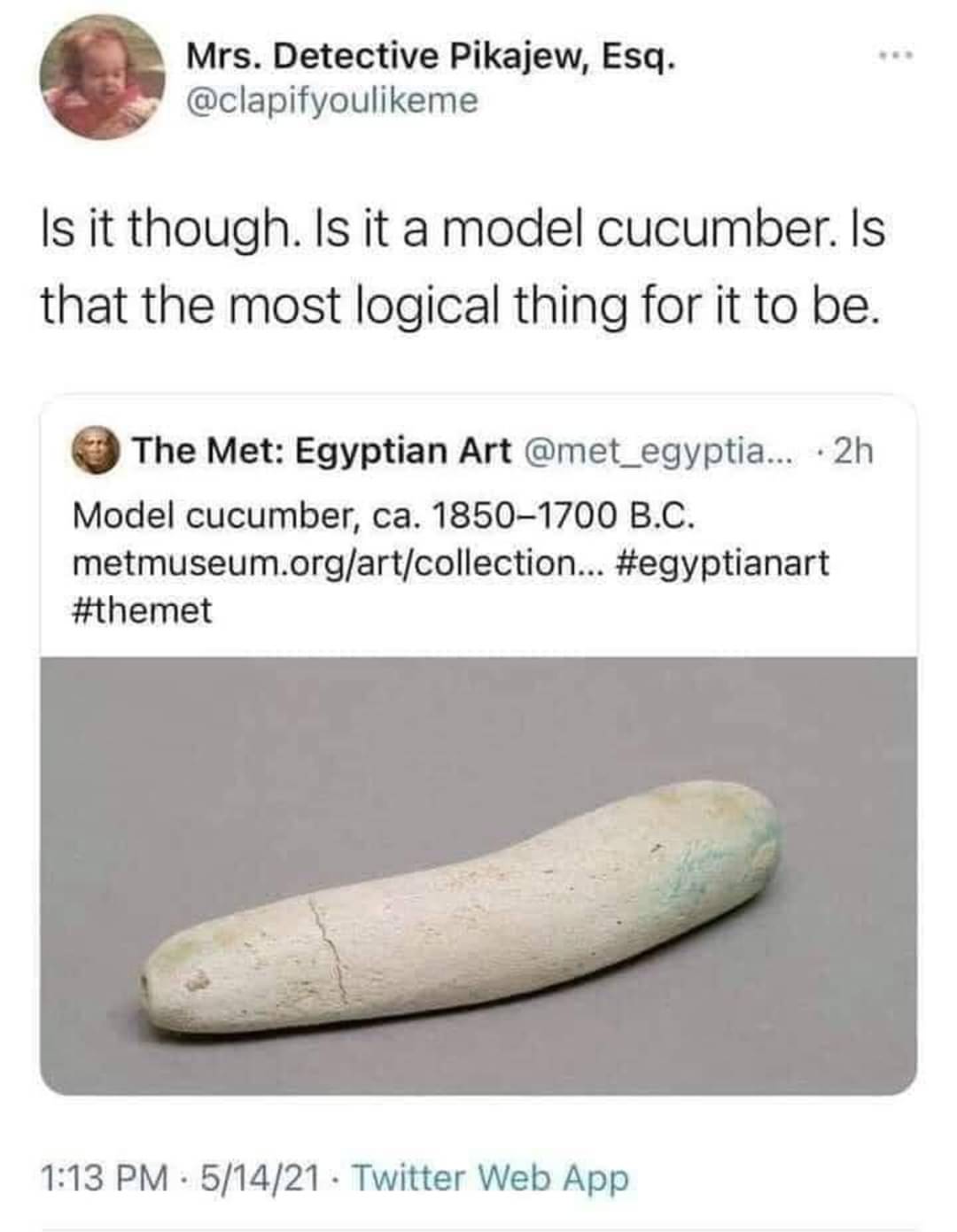this post was submitted on 06 Sep 2024
801 points (97.0% liked)
Science Memes
11586 readers
1098 users here now
Welcome to c/science_memes @ Mander.xyz!
A place for majestic STEMLORD peacocking, as well as memes about the realities of working in a lab.

Rules
- Don't throw mud. Behave like an intellectual and remember the human.
- Keep it rooted (on topic).
- No spam.
- Infographics welcome, get schooled.
This is a science community. We use the Dawkins definition of meme.
Research Committee
Other Mander Communities
Science and Research
Biology and Life Sciences
- [email protected]
- [email protected]
- [email protected]
- [email protected]
- [email protected]
- [email protected]
- [email protected]
- [email protected]
- [email protected]
- [email protected]
- [email protected]
- [email protected]
- [email protected]
- [email protected]
- [email protected]
- [email protected]
- [email protected]
- [email protected]
- [email protected]
- [email protected]
- [email protected]
- [email protected]
- [email protected]
- [email protected]
- !reptiles and [email protected]
Physical Sciences
- [email protected]
- [email protected]
- [email protected]
- [email protected]
- [email protected]
- [email protected]
- [email protected]
- [email protected]
- [email protected]
Humanities and Social Sciences
Practical and Applied Sciences
- !exercise-and [email protected]
- [email protected]
- !self [email protected]
- [email protected]
- [email protected]
- [email protected]
Memes
Miscellaneous
founded 2 years ago
MODERATORS
you are viewing a single comment's thread
view the rest of the comments
view the rest of the comments

People just love to assume that archeologists have no idea what sex or gay people are. Not saying there isn't a problem with that, but the memes are overblown.
I remember seeing a ton of "archeologists: tHeY'rE jUsT fRiEnDs" comments on an ancient illustration of two Egyptian men, when every single source I could find explained why they seem to have been a gay couple.
also like, is it really that hard to imagine that archeologists went "well this is a gay couple but uh, we can't really say that, so let's just informally agree that 'close friends' is euphemism for 'gay couple', okay?"
Seems like a case where a particular claim of a select group was generalised over a supergroup by way of being the subject of memes that ran away with the stereotype.
It's like that one fraud falsifying studies about a specific type of vaccines in an attempt to sell his own, only for people to latch on to the "vaccine bad" part of the story without limit, nuance or critical examination.
Does anyone still know where the original "just friends" claim stems from, in which context, supported by which arguments, what refutations have been offered since and just how widespread among archaeologists it is today?